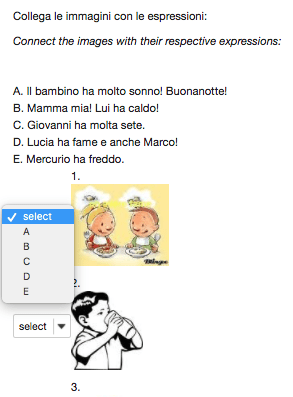Summary
Professor Lourdes Dávila (Spanish & Portuguese) directed a team of current student and alumni editors to produce an online version of Esferas, a peer-reviewed, annual publication that publishes exceptional critical essays, visual art, creative writing, interviews, translations, and works related to Hispanic and Luso life within and beyond New York City.
Learning objectives
- Allow for students to develop linguistic, technological, and professional skills
- Facilitate collaboration among students through group work
Professor Lourdes Dávila, managing editor of Esferas, embarked on a full-scale re-design of the online journal to have a dynamic, modern showcase emerging scholarship, art, and writing from Hispanic and Lusophone culture. She identified NYU’s Web Publishing as a suitable environment since it mimics the hierarchical publishing structure, is supported by NYU, and allows for rich multimedia. She also developed a 2-credit course so that students could gain valuable experience contributing to the editorial process, while earning credit. In addition to current students, alumni, graduate students, and faculty work to realize the journal issue each semester.
Student experience
- Participate in an authentic publishing process from start to finish
- Learn new technologies
- Collaborate with editorial board, artists, and authors
- Showcase multimedia production and web publishing skills
Technology resources
- NYU Web Publishing (WordPress), to house public-facing Esferas journal
- NYU Box (file storage/sharing and document collaboration), to house submission iterations
- Adobe InDesign, to format journal-ready articles and other submissions
Outcomes
- Students have meaningful opportunities for real-world language use
- Students work in a team-based environment on a real-world task (i.e. journal publishing)
- Students hone transferrable professional skills
- Students gain skills presenting knowledge with various media and in various modes.






 Italian Studies created its own textbook and workbook to reflect the cultural, grammatical, lexical topics prioritized by the Department, and provide a lower cost option to students. Formative assessment, ongoing monitoring of student performance and learning, is essential for learning as it helps students and instructors identify learning gaps or areas of improvement. Director by Professor
Italian Studies created its own textbook and workbook to reflect the cultural, grammatical, lexical topics prioritized by the Department, and provide a lower cost option to students. Formative assessment, ongoing monitoring of student performance and learning, is essential for learning as it helps students and instructors identify learning gaps or areas of improvement. Director by Professor

 language is a social act, and creating a community where students can share and develop their language skills in a supportive environment reflects the reality of learning another language. The Google Site also allows students to use language in a highly contextualized way, since they are using French as their fictional character.
language is a social act, and creating a community where students can share and develop their language skills in a supportive environment reflects the reality of learning another language. The Google Site also allows students to use language in a highly contextualized way, since they are using French as their fictional character. 